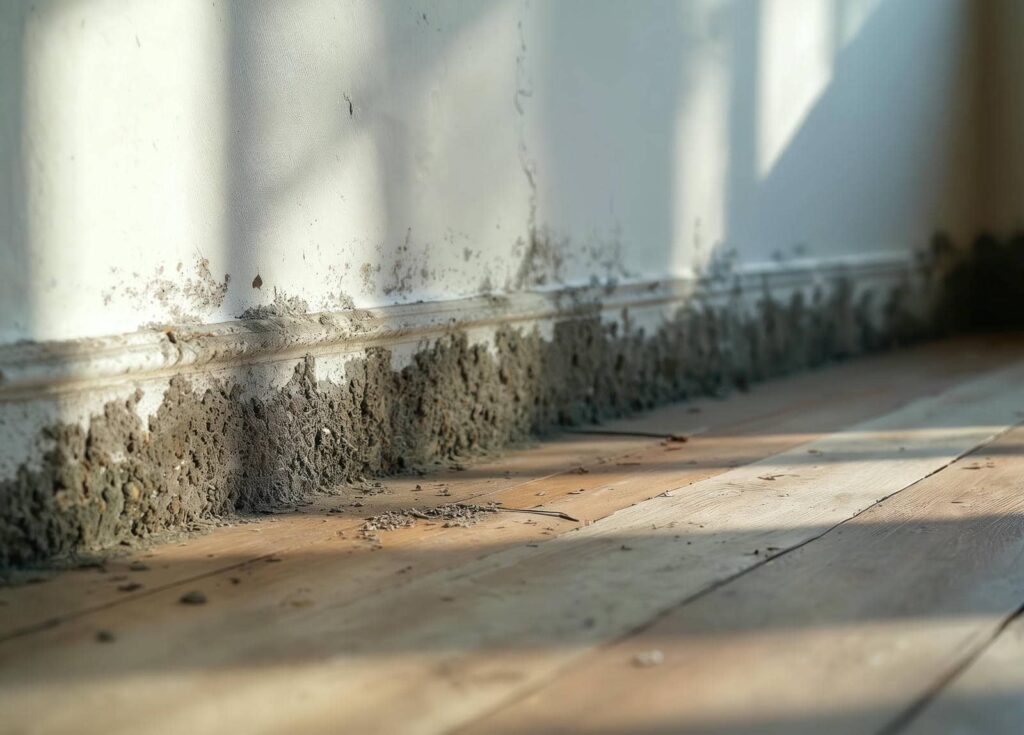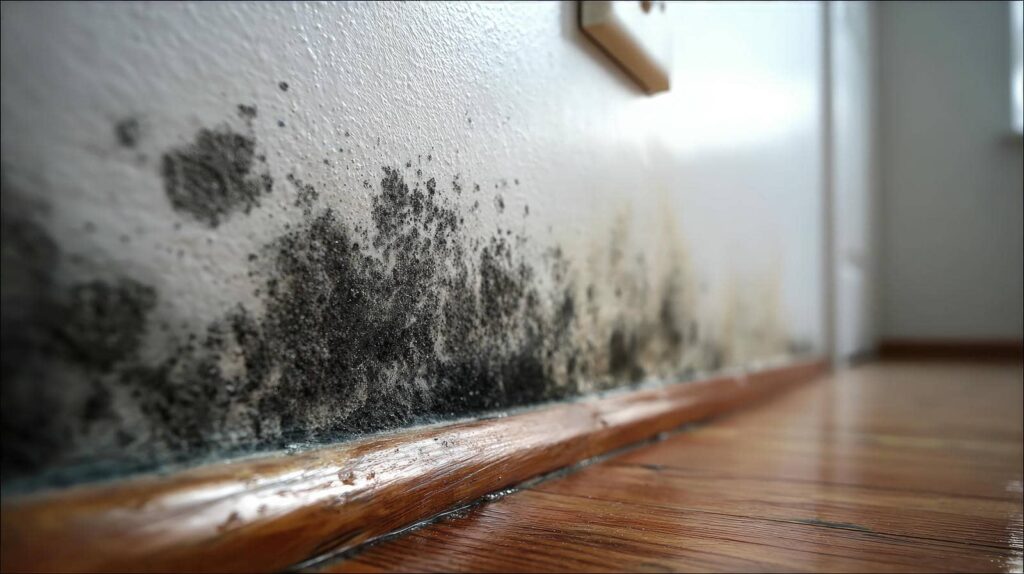Contents
If you’re looking to trim down those energy bills and create a more comfortable space, insulating your garage door is a smart move. By taking this simple step, you’ll reduce energy loss and enhance your home’s overall efficiency. But why stop there? The benefits of garage door insulation go beyond saving on costs – it’s about creating an environmentally friendly living environment that aligns with your eco-friendly values. So, are you ready to discover how insulating your garage door can make a significant impact on your energy usage and comfort levels?
Key Takeaways
- Enhances energy efficiency by regulating temperature.
- Reduces strain on HVAC system, lowering energy bills.
- Improves overall comfort in the home.
- Prevents heat loss and gain through the garage.
- Decreases energy consumption, benefiting the environment.
Benefits of Garage Door Insulation
Insulating your garage door can greatly improve the energy efficiency of your home, leading to significant cost savings over time. By adding insulation to your garage door, you create a barrier that helps regulate the temperature inside your garage. This means that during hot summers or cold winters, your garage will require less energy to heat or cool, reducing the strain on your HVAC system and ultimately lowering your energy bills.
The improved energy efficiency resulting from garage door insulation also extends to the rest of your home. Many garages are connected to the main house, and air can easily flow between them. If your garage is well-insulated, it acts as an additional buffer to prevent heat loss in the winter and heat gain in the summer. This can lead to more stable indoor temperatures and reduced energy consumption throughout your living space.
In addition to the direct energy savings, insulating your garage door can also enhance the overall comfort of your home. With better temperature regulation, you’ll experience fewer drafts and temperature fluctuations, creating a more pleasant environment for you and your family.
Types of Insulation Materials
Let’s discuss the types of insulation materials you can utilize for your garage door.
Foam insulation options and reflective barrier choices are popular selections to contemplate.
These materials can help regulate the temperature in your garage and enhance energy efficiency.
Foam Insulation Options
When considering foam insulation options for your garage door, it’s important to understand the various types of insulation materials available. Foam paneling and spray foam are two popular choices for insulating garage doors.
Foam paneling is a vital option that can provide good thermal resistance. It’s easy to install and can help with air sealing, preventing drafts and improving energy efficiency.
Spray foam, on the other hand, offers excellent insulation properties and can conform to irregular shapes, providing a tight seal that helps with air sealing and moisture control.
Foam insulation is beneficial for energy savings and maintaining a more comfortable temperature in your garage. By choosing the right foam insulation material for your garage door, you can create a barrier against heat transfer and reduce energy costs.
Additionally, proper insulation can help prevent moisture buildup, which is essential for preserving the structural integrity of your garage and its contents. Consider the different foam insulation options available to find the best fit for your garage door insulation needs.
Reflective Barrier Choices
Explore the various types of insulation materials when examining reflective barrier options for your garage door.
When aiming to improve energy efficiency, radiant barriers and foil insulation are excellent choices to ponder. Radiant barriers consist of a reflective material that helps hinder the transfer of heat, making them particularly effective in hot climates. These barriers function by reflecting radiant heat away from your garage, assisting in maintaining a cooler temperature inside.
On the other hand, foil insulation, which typically includes a layer of foil-backed foam, offers both thermal insulation and a radiant barrier. This dual functionality makes foil insulation a versatile option for controlling temperature and reducing energy costs.
DIY Insulation Installation Steps
When it comes to insulating your garage door, it’s essential to first select the right materials for the job.
Once you have your materials ready, the installation process can be straightforward and manageable.
Material Selection
To choose the right insulation material for your garage door, consider factors such as R-value, durability, and ease of installation. A comparison of insulation material is important when aiming for energy-saving alternatives.
Two common types of insulation materials for garage doors are polystyrene and polyurethane. Polystyrene insulation panels are cost-effective and provide decent insulation, but polyurethane foam offers a higher R-value, better durability, and improved energy efficiency. Polyurethane also has a higher upfront cost but can result in long-term energy savings.
When comparing insulation materials, keep in mind the R-value, which indicates the material’s thermal resistance. A higher R-value means better insulation. Durability is essential for withstanding daily use and temperature changes.
Additionally, consider the ease of installation, as some materials may require professional help while others are suitable for DIY projects.
Installation Process
For a successful DIY insulation installation process on your garage door, begin by gathering all necessary materials and tools. You’ll need insulation tools such as a utility knife, measuring tape, straight edge, and adhesive. Make sure the insulation material you’ve chosen fits the dimensions of your garage door to guarantee proper coverage.
Start by measuring and cutting the insulation to fit each panel of the garage door. Use the straight edge to guide your cuts and make certain they’re straight and clean. Apply adhesive to the back of the insulation and press it firmly onto the door panels. Repeat this process for each panel until the entire door is covered.
The installation time will vary depending on the size of your garage door and your level of experience. On average, it can take a few hours to complete the insulation installation.
Take your time to verify each panel is properly insulated for maximum energy efficiency.
Professional Insulation Services
Consider hiring professional insulation services to ensure your garage door is properly insulated for maximum energy efficiency. By opting for professional installation, you can verify that the insulation is fitted correctly, minimizing energy wastage and maximizing savings in the long run.
When you engage in professional services, you typically start with an insulation consultation. During this consultation, experts assess your garage door’s current insulation situation and discuss the best options for improvement. Additionally, they conduct a cost analysis, providing you with a detailed breakdown of the expenses involved in the insulation process.
Professional installation ensures that the insulation is done right and allows for a savings calculation. Experts can estimate the energy savings you can expect after insulating your garage door properly. This calculation helps you understand the potential return on investment from insulating your garage door.
Energy-Efficient Insulation Options
When exploring energy-efficient insulation options for your garage door, you can select from a variety of materials and installation methods to enhance your home’s energy efficiency. One important factor to take into account is insulation thickness. Thicker insulation provides better heat retention benefits, helping to maintain a consistent temperature inside your garage and reducing energy loss.
Popular insulation materials for garage doors include foam board, reflective foil insulation, and fiberglass. Foam board insulation offers excellent thermal resistance and is easy to install. Reflective foil insulation works by reflecting heat away from the garage, keeping it cooler in the summer and warmer in the winter. Fiberglass insulation is a cost-effective option that provides good insulation thickness and heat retention benefits.
In addition to material choice, the installation method can also impact the energy efficiency of your garage door insulation. Proper installation, ensuring a tight seal with no gaps, is essential for maximizing heat retention benefits.
Insulating Garage Door Panels
When insulating garage door panels, you can benefit from improved energy efficiency and temperature regulation within your garage.
Tips for the installation process can help guarantee a successful and effective insulation project.
Let’s explore the advantages and best practices for insulating your garage door panels.
Energy Efficiency Benefits
Insulating your garage door panels can greatly enhance energy efficiency. By adding insulation to your garage door, you can experience significant energy savings. Insulated garage doors help regulate the temperature inside your garage, preventing heat loss during colder months and keeping the space cooler in the summer. This means your heating and cooling systems won’t have to work as hard to maintain a comfortable temperature, resulting in lower energy bills and reduced environmental impact.
The environmentally friendly benefits of insulating your garage door panels are substantial. When your garage is better insulated, it reduces the overall energy consumption of your home, leading to a smaller carbon footprint. By using less energy to heat or cool your garage, you’re helping to conserve resources and decrease greenhouse gas emissions.
Additionally, the improved energy efficiency of an insulated garage door contributes to a more eco-conscious lifestyle that aligns with environmentally responsible practices.
Installation Process Tips
Consider starting the insulation process by gathering all the materials and tools you’ll need to efficiently insulate your garage door panels. Insulating your garage door can lead to significant cost-saving benefits and is a great DIY installation project.
Here are some tips to help you with the installation process:
Choose the Right Insulation Material: Opt for an insulation material that fits well within the panels of your garage door and provides sufficient thermal resistance.
Measure and Cut Carefully: Accurately measure the dimensions of your garage door panels before cutting the insulation material to guarantee a proper fit.
Secure Insulation Properly: Use adhesive or double-sided tape to secure the insulation in place within each panel, ensuring it stays in position for maximum energy efficiency.
Weather Stripping for Efficiency
To enhance the efficiency of your garage door, make sure that the weather stripping is properly installed and in good condition. Weather stripping plays an important role in improving energy savings by sealing gaps that could allow air leakage. When weather stripping is damaged or worn out, it can lead to energy loss as warm or cool air escapes, causing your HVAC system to work harder to maintain the desired temperature inside the garage.
Inspect the weather stripping around your garage door regularly to make sure it’s intact and functioning effectively. If you notice any cracks, gaps, or signs of wear, it’s important to replace the weather stripping promptly.
Weather stripping is typically inexpensive and easy to install, making it a cost-effective solution for improving energy efficiency in your garage.
Insulation R-Value Considerations
When selecting insulation for your garage door, it’s crucial to take into account the R-Value to ensure optimal energy efficiency. The R-Value is a measure of how well a material resists heat flow, indicating its insulating properties.
Here are some key factors to bear in mind:
R-Value Comparison: Compare the R-Values of different insulation materials to determine which one offers the best thermal resistance. Higher R-Values indicate better insulation and, consequently, improved energy efficiency for your garage.
Insulation Thickness: Thicker insulation typically results in a higher R-Value, providing better heat retention in your garage. Consider the available space in your garage door panels to make sure the chosen insulation thickness fits without affecting the door’s operation.
Heat Retention: Opt for insulation with high heat retention capabilities to maintain your garage at a comfortable temperature. Proper insulation helps sustain consistent warmth in the winter and coolness in the summer, reducing energy consumption and costs.
Insulation Cost Vs. Savings
Compare the upfront cost of insulation with the long-term energy savings it can provide for your garage door to make an informed decision on maximizing efficiency and cost-effectiveness. When considering insulating your garage door, it’s crucial to weigh the initial investment against the potential savings on your energy bills over time. Below is a cost comparison table to help you evaluate the upfront costs versus the long-term savings associated with garage door insulation.
| Insulation Type | Upfront Cost | Long-Term Savings |
|---|---|---|
| Fiberglass | $200 – $600 | 10-30% reduction in energy costs |
| Reflective Foil | $300 – $800 | 15-35% reduction in energy costs |
| Polystyrene | $400 – $1000 | 20-40% reduction in energy costs |
As shown in the table, the upfront cost of insulation materials varies depending on the type chosen, with fiberglass being the most budget-friendly option and polystyrene offering higher efficiency but at a higher cost. However, when considering the long-term savings in energy costs, all insulation types provide substantial reductions, making the initial investment worthwhile. By insulating your garage door, you not only increase energy efficiency but also contribute to a more environmentally friendly environment. Make a smart choice today for a more energy-efficient and cost-effective tomorrow.
Maintenance Tips for Insulation
Maintain your garage door insulation effectiveness by following these essential maintenance tips.
Regular Inspection:
Take the time to inspect your garage door insulation regularly. Check for any signs of wear and tear, gaps, or damage that could compromise its efficiency. Addressing any issues promptly will help preserve the insulation’s effectiveness and prevent energy loss.Seal Any Gaps:
Make sure that all gaps around the garage door are properly sealed. Use weather stripping or sealant to fill in any cracks or openings where air could escape. This simple step can greatly improve the insulation’s efficiency and save you money on heating and cooling costs.Clean the Insulation:
Keep your garage door insulation clean from dust, dirt, and debris. Use a vacuum or a soft brush to remove any buildup that could reduce its effectiveness. By keeping the insulation clean, you can ensure that it continues to provide efficient energy savings.
Review
Insulating your garage door for energy savings is a game-changer in improving your home’s efficiency and comfort.
With the right insulation materials and installation, you can drastically reduce energy bills, lower your carbon footprint, and create a more eco-friendly living environment.
So, don’t wait any longer – insulate your garage door today and watch the savings pile up!




